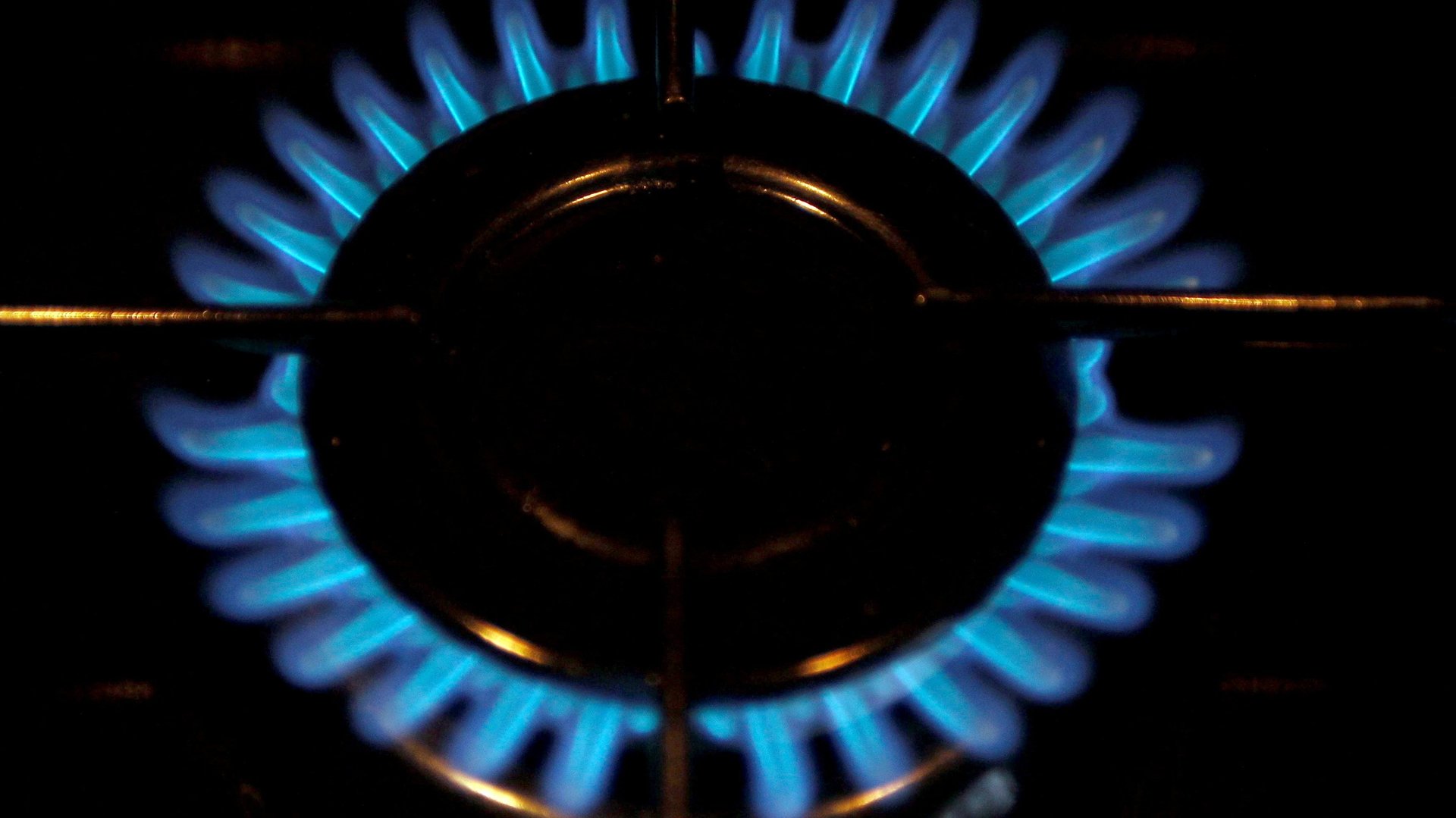New York City’s natural gas ban is a major milestone for city climate policy
New York City just became the largest city in the US to ban natural gas hookups in new buildings, a step toward the city’s efforts to become carbon neutral by 2050.


New York City just became the largest city in the US to ban natural gas hookups in new buildings, a step toward the city’s efforts to become carbon neutral by 2050.
The new law, which the city council passed 40-7 (with one abstention) on Dec. 15, prohibits new buildings from using gas for heating and cooking beginning in Dec. 2023. Buildings will be wired to power all appliances with electricity. New York City’s law will apply to buildings lower than seven stories beginning in 2023, and buildings taller than seven stories beginning in 2027.
Currently in New York, natural gas usage in city buildings exceeds electricity consumption during the winter months, representing a major share of buildings’ emissions. The new measure is expected to prevent 2.1 million tons of carbon from entering the atmosphere by 2040, according to an estimate by the Rocky Mountain Institute.
A national model for natural gas bans
The measure faced fierce opposition from developers and natural gas utilities. National Grid, the region’s natural gas provider, warned that heating buildings with electricity would be more expensive for residents, and could lead to blackouts due to excess demand in the winter. Nationally, gas utilities have organized campaigns to thwart cities’ efforts to pass gas-ban legislation, and have issued public lobbying campaigns against electrification. Natural gas companies supply 66 million homes (pdf) in the US.
But bans on natural gas are a major focus for climate policy advocates as local governments try to cut emissions. More than 50 communities in California including Oakland and San Jose have taken steps to limit natural gas use in new buildings, though not all have gone so far as to pass legislation banning it. At the same time, 20 states including Texas, Florida, and Louisiana have passed laws preventing local authorities from passing natural gas bans before they even try.
But now that New York has become the biggest city to take this step towards electrifying buildings, it may inspire similar legislation in other cities still able to take action. New York’s is the first of this legislation that does not ban natural gas outright, but rather prohibits any energy source that would bring a building’s overall emissions above a certain limit. Essentially, it forces electrification by default. This tactic could be a model for cities that don’t want to regulate based on specific fuel types, says Amy Turner, a senior fellow at the Sabin Center for Climate Change Law at Columbia University.
The new legislation is also likely to spur development in the electric heating sector more broadly. CEO Donnel Baird of BlocPower, a building energy startup based in New York that retrofits buildings with electric heat pumps to improve energy efficiency, supported the move arguing it would deliver modern, all-electric clean energy infrastructure, as well as thousands of jobs.
New York’s existing buildings will also need to decarbonize
The new law will not impact the city’s 1 million buildings that make up 70% of the city’s greenhouse gas emissions. These emissions come from buildings’ heating and cooling systems, as well as electricity consumption. The city is now asking owners to begin retrofitting their buildings to remove fossil fuels. As part of its Green New Deal passed in 2019, the city set a standard requiring the 50,000 largest buildings in the city to reduce emissions by 40% by 2030. Much of this change will happen if the city’s entire electricity grid at large moves away from fossil fuels—work that is getting underway at the state level—but individual buildings will have to electrify their heating systems as well.
The city has established clear rules to make this happen (buildings that don’t reduce their emissions by the stated targets will face fines) but so far hasn’t established a clear method for getting there. In November, New York state governor Kathy Hochul announced a $30 million retrofit program, but that is far from enough. One analysis from an environmental non-profit in New York found that by 2030, the retrofit business in the city would be a $20 billion market.